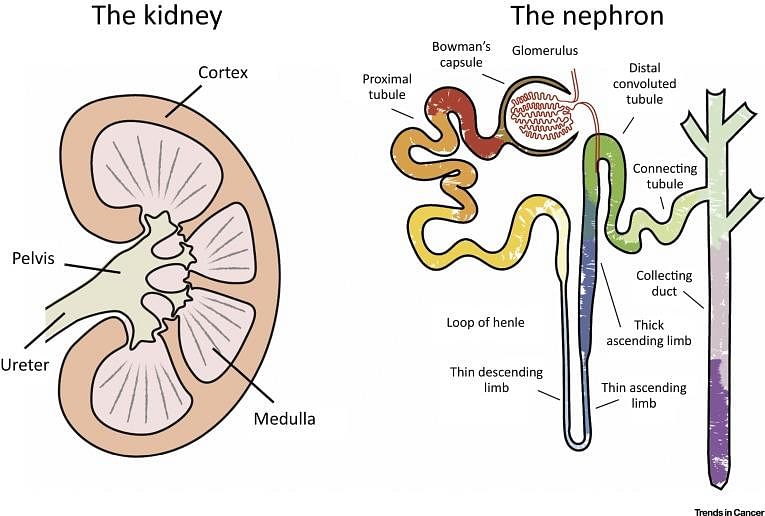SSS 1 Exam > SSS 1 Tests > Important Questions (1 Mark): Life Processes - SSS 1 MCQ
Important Questions (1 Mark): Life Processes - SSS 1 MCQ
Test Description
10 Questions MCQ Test - Important Questions (1 Mark): Life Processes
Important Questions (1 Mark): Life Processes for SSS 1 2024 is part of SSS 1 preparation. The Important Questions (1 Mark): Life Processes questions and answers have been prepared
according to the SSS 1 exam syllabus.The Important Questions (1 Mark): Life Processes MCQs are made for SSS 1 2024 Exam.
Find important definitions, questions, notes, meanings, examples, exercises, MCQs and online tests for Important Questions (1 Mark): Life Processes below.
Solutions of Important Questions (1 Mark): Life Processes questions in English are available as part of our course for SSS 1 & Important Questions (1 Mark): Life Processes solutions in
Hindi for SSS 1 course.
Download more important topics, notes, lectures and mock test series for SSS 1 Exam by signing up for free. Attempt Important Questions (1 Mark): Life Processes | 10 questions in 10 minutes | Mock test for SSS 1 preparation | Free important questions MCQ to study for SSS 1 Exam | Download free PDF with solutions
Important Questions (1 Mark): Life Processes - Question 1
The vein which brings clean blood from the lungs into the heart is known as:
Detailed Solution for Important Questions (1 Mark): Life Processes - Question 1
Important Questions (1 Mark): Life Processes - Question 2
The opening and closing of the stomatal pore depend upon:
Detailed Solution for Important Questions (1 Mark): Life Processes - Question 2
| 1 Crore+ students have signed up on EduRev. Have you? Download the App |
Important Questions (1 Mark): Life Processes - Question 3
Movement of food through the oesophagus is due to :
Detailed Solution for Important Questions (1 Mark): Life Processes - Question 3
Important Questions (1 Mark): Life Processes - Question 4
Oxygen liberated during photosynthesis comes from:
Detailed Solution for Important Questions (1 Mark): Life Processes - Question 4
Important Questions (1 Mark): Life Processes - Question 5
Sometimes we get painful cramps in our leg muscles after running for a long time due to the accumulation of:
Detailed Solution for Important Questions (1 Mark): Life Processes - Question 5
Important Questions (1 Mark): Life Processes - Question 6
The filtration units of kidneys are called
Detailed Solution for Important Questions (1 Mark): Life Processes - Question 6
Important Questions (1 Mark): Life Processes - Question 7
The common step between aerobic and anaerobic respiration takes place in :
Detailed Solution for Important Questions (1 Mark): Life Processes - Question 7
Important Questions (1 Mark): Life Processes - Question 8
When air is blown from mouth into a test-tube containing lime water, the lime water turns milky due to the presence of
Detailed Solution for Important Questions (1 Mark): Life Processes - Question 8
Important Questions (1 Mark): Life Processes - Question 9
Which is the first enzyme to mix with food in the digestive tract ?
Detailed Solution for Important Questions (1 Mark): Life Processes - Question 9
Important Questions (1 Mark): Life Processes - Question 10
Which part of alimentary canal receives bile from the liver ?
Detailed Solution for Important Questions (1 Mark): Life Processes - Question 10
Information about Important Questions (1 Mark): Life Processes Page
In this test you can find the Exam questions for Important Questions (1 Mark): Life Processes solved & explained in the simplest way possible.
Besides giving Questions and answers for Important Questions (1 Mark): Life Processes, EduRev gives you an ample number of Online tests for practice
Download as PDF



















